The Ythanvale Care Home in Ellon used to have a cat called Elvis.
But Elvis got sick. He smelled a little, and cost money to feed, so was eventually moved on.
Now the home has a robot cat.
“Elvis has left the building,” laughs care home manager Dana MacDonald.
The new, automated Elvis — which is actually called Jess after Postman Pat’s black and white tom — is part of a new breed of robotic ‘therapets’ that are becoming increasingly common in dementia care and other health roles.
Jess doesn’t eat, smell or need his litter tray changed.
And, more importantly, by mimicking the actions of a real cat he can relax confused and anxious dementia patients.
“She just loves it,” Dana says of Jess’s owner at the care home. “And because the cat is so lifelike — you know, it purrs, it meows, it moves about — in her head this cat is real. And she gets real comfort from that.”
New Peterhead project showcases latest health tech – Jess the robot cat
Jess — along with another robot cat that has yet to be named — was a highlight of a new project launched in Peterhead this week that aims to bring to wider public attention the benefits of new technology to places like the Ythanvale Care Home.
The TEC Room (Technology Enabled Care) on King Street in Peterhead has been launched by Aberdeenshire Health & Social Care Partnership (AHSCP) to show how tech can help people with a range of health conditions live more independent lives.
A former day centre transformed into a cosy bedroom, the TEC room gives visitors a chance to see how the equipment works in a home setting.
NHS occupational therapists will also be able to take patients to the room to show them exactly how their tech devices will work.
“We know that some people are maybe put off by the idea of technology and they just need a gentle introduction to the options that are out there,” says James Black, AHSCP’s digital project manager and one of the TEC Room’s lead organisers.
‘There’s a kind of virtuous circle’
James adds that some of the most useful tech may already be available in many homes — devices such as Alexa and other smart speakers can be used to help remind people to take medication, for example, or prompt someone in the early stages of dementia to eat and drink at the right time.
“And also, the advantage with a lot of the smart equipment is that you and family members can connect to the same account, so you can kind of keep an eye on things as well with a video doorbell,” James continues.
“And with a smart thermostat, you can monitor your family members’ temperatures in their house and just make sure that they are keeping the house warm.”
The goal, James says, is to allow people to live independently for longer, which is not only better for the patient but also for the NHS.
“It is more cost effective, yes,” he says.
“There’s a kind of virtuous circle there.”
Of course, James is a big fan of Jess.
“The star of the show,” he laughs.
He adds: “When you start clapping them — it sounds odd — but you begin to forget that it’s not real. I think that’s why they’re so successful in care homes.”
What happened to Elvis?
Dana at Ythanvale Care Home says technology has already transformed the lives of her residents.
Like many care homes, Ythanvale uses detectors in its rooms to warn staff if residents fall over. And she is looking into a system that would alert the home if a resident became distressed while out for a walk.
“I’d be keen to explore that more, because we’ve got residents who do like going out for a walk independently,” she says. “It would give them that security, that they can get hold of us if they need us.”
As for Elvis, Dana has reassuring news for lovers of real cats rather than robotic ones.
“He’s still living,” she says, “but he’s just not with us anymore.”
Members of the public can book a monthly slot at the TEC Room on King Street, Peterhead, with demonstrations on offer from occupational therapists. To find out more, click here.
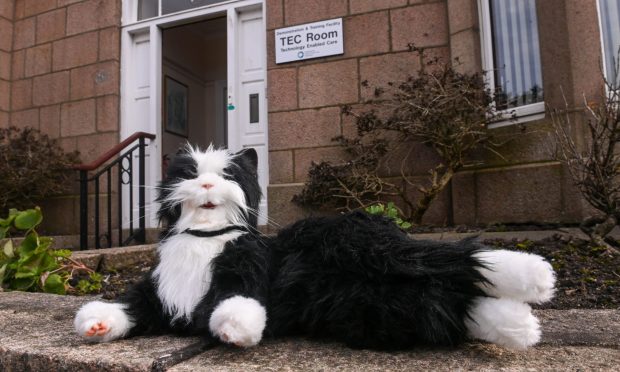
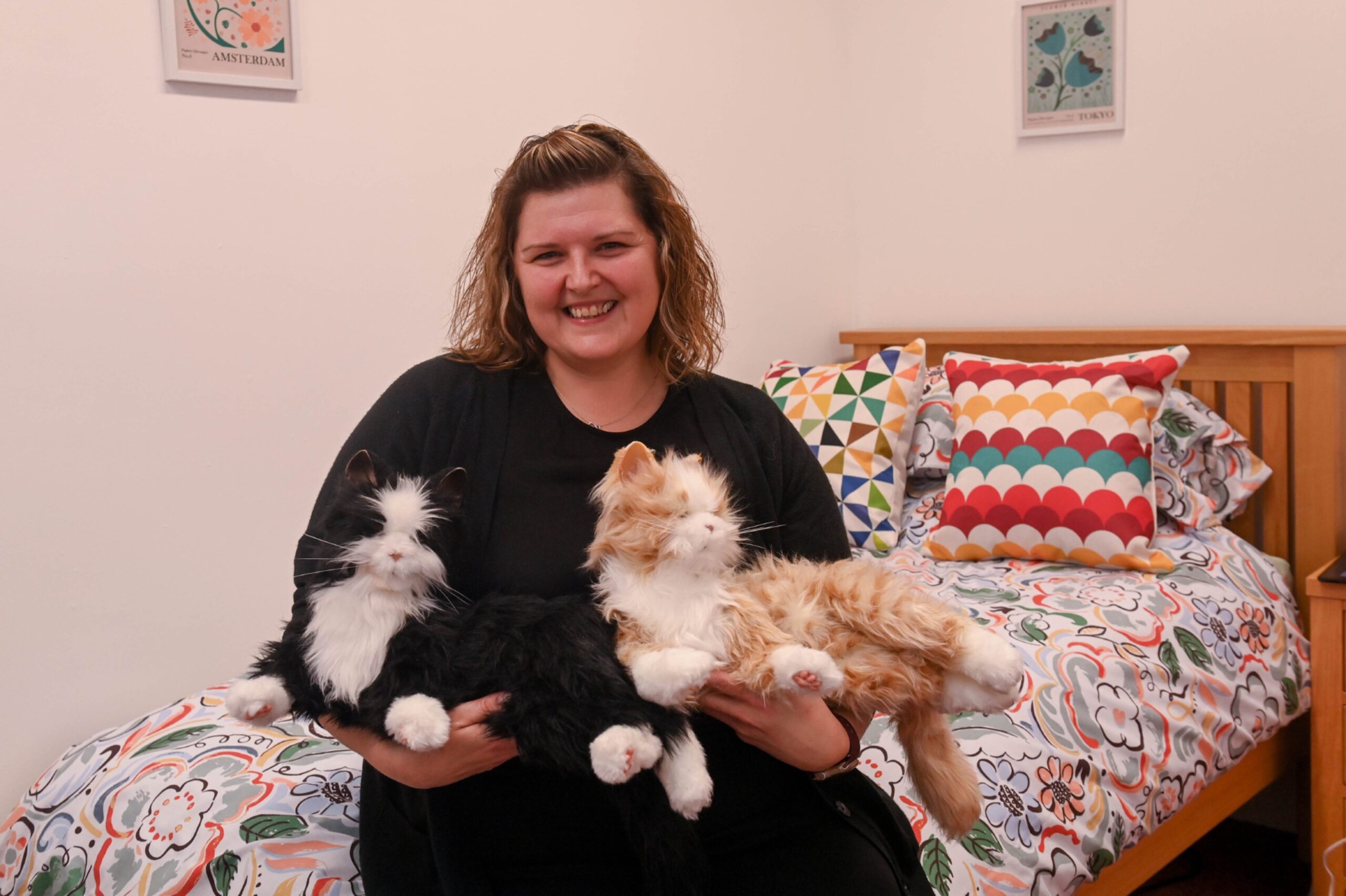
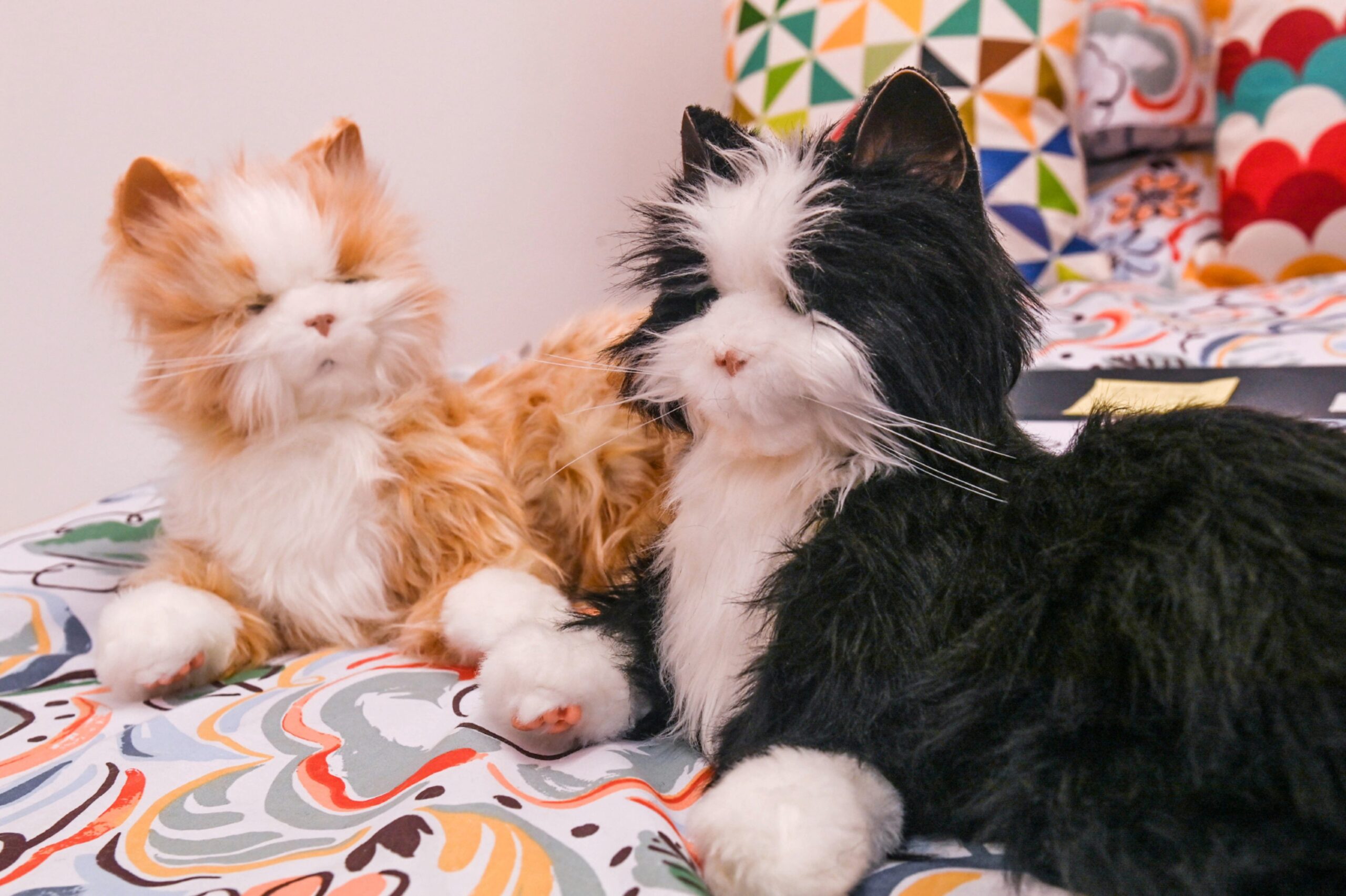
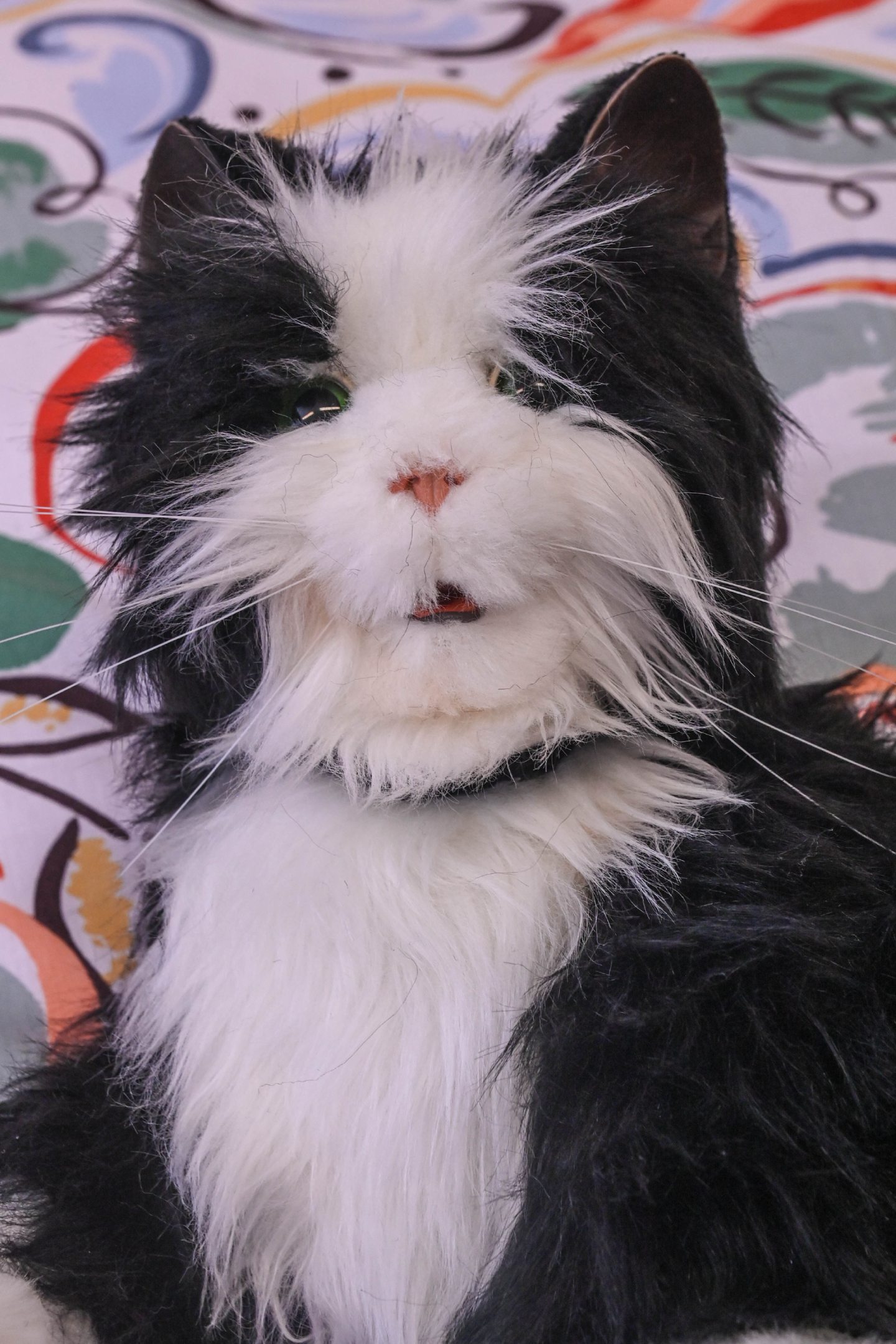
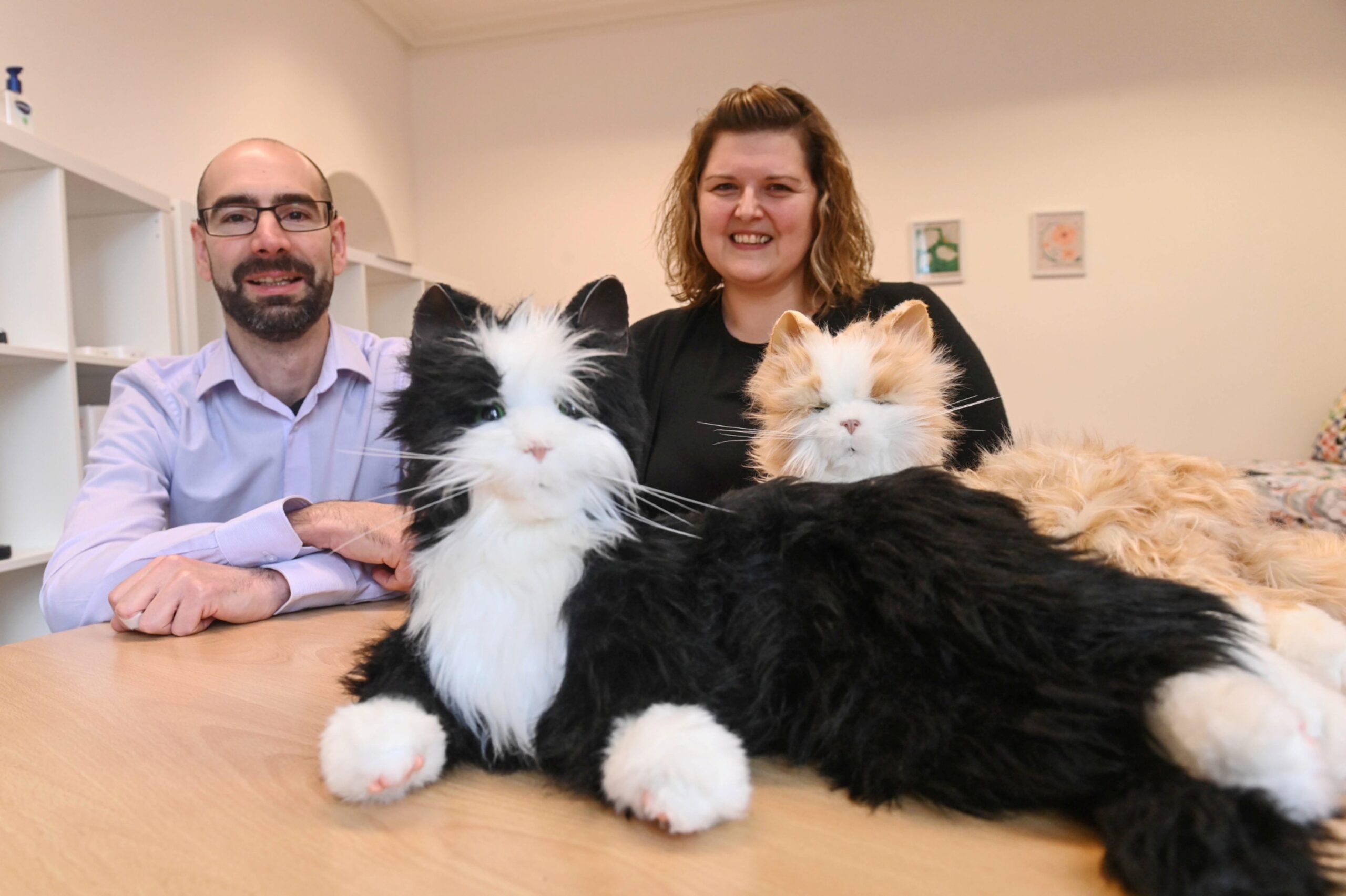
Conversation